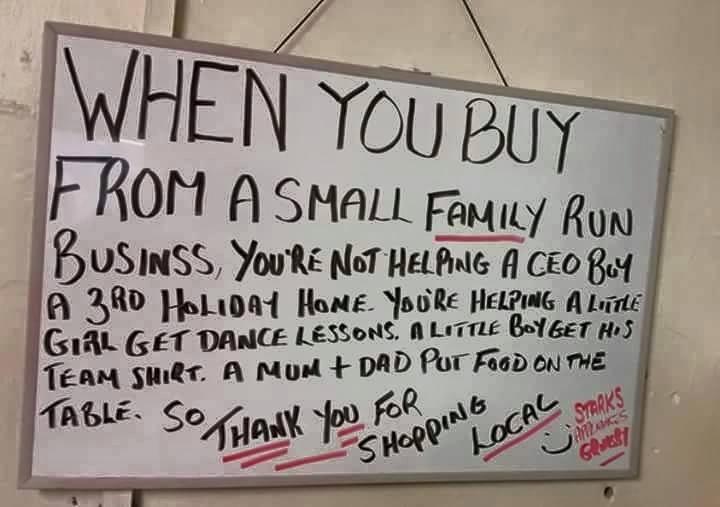This week I am attending  the 2009 INFORMS “Annual Meeting.”  This is more of a Symposium, or a Conference, than a “meeting” with nearly 70 sessions occurring simultaneously, 4 times a day for 4 days.  That is 1, 120 sessions and each has 3 (or more) presentations! 3,360 presentations! Whew!
Now, I won’t make any bones about it–I am not attending all of them. Â Heck, I am trying my best to attend the few that I think I can get the most from for either Supply Chain discussions, or (yes, surprise) Social Networking analysis.
Why Social Networking? Setting aside for the moment that I think it is simply “cool” I am also quite interested in what we can collectively learn from these networks. Â But apparently my interest is not the same as the interest of those doing the research.
Each and every presentation I have attended has focused on the math. Â How many connections are there? Â How often do those connections share something? Â Can we come up with a measure that shows the diffusion of (music/pictures/videos/ideas)? Or, to put it in the language of the Operations Researchers and the Management Science folks, they are “interested in the connections between nodes.”
I think we are missing a golden opportunity here. Â I am not interested in the connections, but the content and the context of the information being diffused, shared or otherwise “networked.” Â I think there is much we can learn if we can somehow take this Great Discussion and somehow contextualize the chats.
Let me explain: Â I was enjoying reading the Twitter stream for Penn State’s Teaching and Learning with Technology Symposium back in March 2009. They were using the hashtag #TLT09 so we could easily mark, and track, comments made about, for and at the Symposium. Â There were quite a lot of great ideas bouncing back and forth as some reported on what was being said in the sessions, others commented on those thoughts, and still others added new ideas into the stream that otherwise would have been lost. Â Mixed in was the occasional “I need to get a bagel” or “This reminds me, I need to update my blog.”
All in all hundreds, if not thousands, of “tweets” were created during the event. Â The ETS folks at Penn State created a “word cloud” from the Tweeting, so we could quickly see which words were being used the most, and thus we could get a sense of what the major thought drivers were throughout the day. Â But I didn’t think that was enough. Â I wasn’t just interested in the content I was interested in the context.
So I started thinking about what it was that I was seeking. Â I would love a tool that we could point to a #stream (a stream based on a hashtag, like #TLT09 or #INFORMS09 ) and let a tool go through, analyzing the hundreds or thousands of tweets, and then tell us not only what was said, but what relationships existed between the words. Â BLOG might be the number one word, but a collection of words such as “ereader” and “kindle” and “Digital textbooks” and “ebooks” may as a group have dominated the discussion. Â And inside that group we may find that themes emerged, such as “ease of use” or “notetaking” or “portability.”
So here I am, at a “meeting” where over 3 thousand presentations are being given, and I have yet to find anyone here that is interested in the content or, more importantly, the context of the network. Â When I have asked a few people about the topic, their response is unfortunately typical:
“That’s too hard. The data is hard to access. Â We don’t know how to do that yet.”
I am not sure I buy that, but then again, if it was simple, I suppose I would have already done it.
So let me put out the call to anyone that knows a “Quant Jock” (quantitative analyst) that would like to tackle this problem with me, please, contact me. Â I am ready to go!
The purpose of social networks is to be social, sharing ideas, let explore our content and our context, that all of us may grow!


One thought on “Connections, Content, and Context: Lessons from #INFORMS09 and #TLT09”